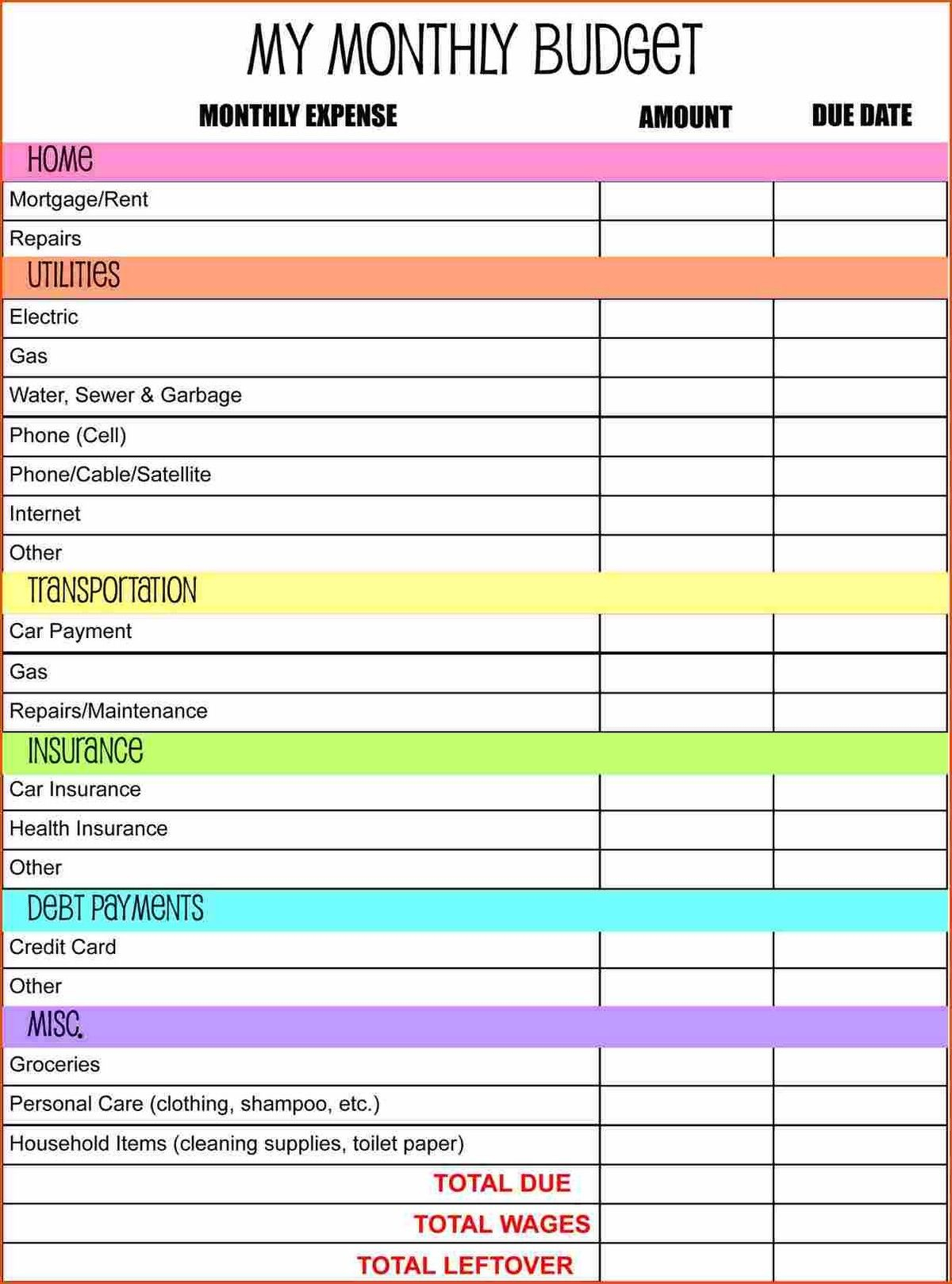

Just remember-the more money you throw at a goal, the quicker you get there! (The boat can wait!)Īgain, there isn’t a set percentage here. What about the fun big purchases-like vacations, new furniture or that boat to make all your fishing dreams come true? You should save up cash for these too! But get to the luxuries after you’re debt-free and have some solid financial security. So, keep your eyes on your stuff so you’ll know when to put money in savings for those necessary big purchases. But when you know your beater is hanging on by duct tape and prayer, that’s when you start saving for a replacement. The key word here is know. When your car breaks down, to your complete surprise, that’s a job for the emergency fund. Basically, if you don’t have one yet, you need to cut back on any extras and get intense on stuffing cash into your savings until you do!īig Purchases: Another reason to put money in savings is if you’re planning any big purchases. This includes saving up for a reliable car to replace the one you know is on its last legs (er. It’s hard to tell you what percentage of your income to put toward your emergency fund. This is 3–6 months of expenses and will protect you against bigger emergencies, like job loss or your car going kaput. When the debt’s gone, you need to save up what we call a fully-funded emergency fund (Baby Step 3). If you’ve got debt (which we cover later) keep that emergency fund at $1,000 until you’re debt-free (which is Baby Step 2). (We call that a starter emergency fund, or Baby Step 1.) This puts a cash buffer between you and those life happens moments. Since budget percentages for these can vary, let’s talk through each one.Įmergencies: Set aside $1,000 in the bank right away. When it comes to the savings category of your budget, think about these three reasons to save: emergencies, big purchases and wealth building.

How much you’re putting in savings each month depends on several factors! 1But this is a great example of how a percentage or even an average shouldn’t set a standard for you. If you’re wondering what’s typical here, the average American saves around 9% of their income. This is the proven, guided path to save money, pay off debt, and build wealth. Heads up: You’re about to hear us mention the 7 Baby Steps. So, before we dive in, here’s an overview of the budget categories we’ll cover in this article: Look up your own! Open your online bank account or get out those bank statements and see what your past spending reveals. maybe you should make a good money playlist to get you in the budgeting mood.)Īnd one more thing: If you’re reading this as you set up your first budget, don’t stop with the numbers we give you. Or maybe a category is like a playlist, and the lines are like songs. If those words are new to you, think of a budget category as a folder, and the budget lines as files inside it. Let’s break down some national averages and budget percentage recommendations for common budget categories and budget lines. Guidelines for Setting Your Budget Percentages

So, we’ve pulled them together with other helpful info to guide you as you’re setting up (or fixing up) your budget! Are you ready for this? (Yes.) Because your life isn’t one size fits all! How much you should spend on this and that in your budget can vary depending on your income, household, location, goals, lifestyle-so many things.īut there are a few standards to follow.

If you’ve never budgeted before-or you’re wondering how your spending compares with everyone else’s-you might wish you could see some recommended budget percentages, national spending averages, and other helpful stuff like that all in one place.Īnd listen, we aren’t about to give you a one-size-fits-all budget percentage guide.


 0 kommentar(er)
0 kommentar(er)
